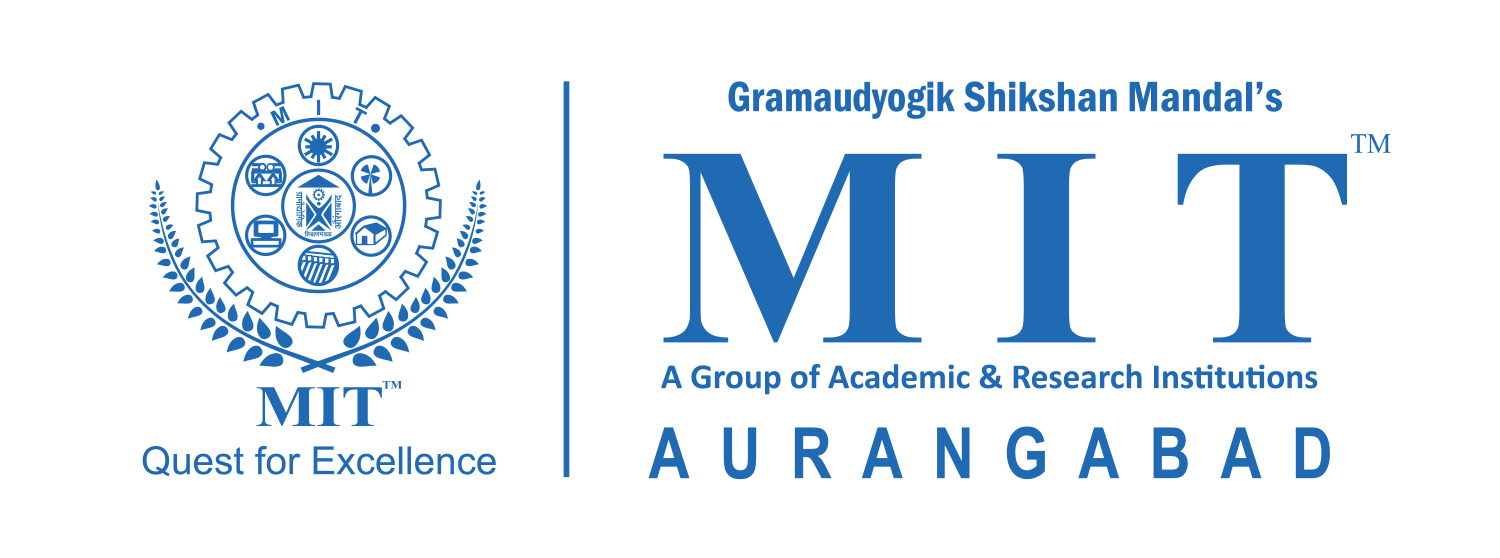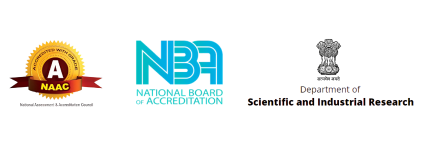
The B.Tech. in Computer Science and Design seeks to produce graduates who are skilled in both design and new media technologies and applications, in addition to computing techniques, tools, and technologies. The program’s goal is to equip students with an interdisciplinary skill set that will allow them to succeed in a variety of industries, including the information technology sector, animation, virtual reality, augmented reality, multimedia, robotics, game development, entertainment, and digital analytics, among others. This gives the students the opportunity to create a programme that is ideal for them. Students will graduate from the programme ready to enter the IT field as well as the digital media fields of gaming, animation, virtual and augmented reality, etc. Additionally, the curriculum will enable participants to pursue advanced degrees in CS/IT or design.
| Program | Duration | Intake |
|---|---|---|
| Computer Science and Design |
4 Years | 60 |
Dear Students,
Welcome to the Department of Computer Science and Design. With cutting-edge facilities, the CSD Department guarantees high-quality instruction. The process of learning is crucial to our success in life. In addition to career development, what and how you learn is vital for enhancing your intellectual capacity.
Students’ futures are secured through cutting-edge facilities, the best teaching personnel available, interaction between students, parents, and staff, and a Training and Placement Cell.
We are confident that our students will become assets to society, as well as to the organization to which they belong.
I send my warmest wishes to every student for an eventful, fulfilling, and interesting four years here on the campus and a successful future.
Head of Department,
Department of Computer Science and Design
Artificial intelligence – program outcomes
PO1:
Engineering Knowledge: Apply the knowledge of mathematics, science, engineering fundamentals, and an engineering specialization to the solution of complex engineering problems.
PO2:
Problem Analysis: Identify, formulate, review research literature, and analyse complex engineering problems reaching substantiated conclusions using first principles of mathematics, natural science and engineering sciences.
PO3:
Design & Development of Solutions: Design solutions for complex engineering problems and design system components or processes that meet specified needs with appropriate consideration for the public health and safety and the cultural ,societal and environmental considerations.
PO4:
Conduct Investigations of Complex Problems: Use research based knowledge and research methods including design of experiments, analysis and interpretation of data, and synthesis of information to provide valid conclusions.
PO5:
Modern Tool Usage: Create, select, and apply appropriate techniques, resources, and modern engineering and IT tools including prediction and modeling to complex engineering activities with an understanding of the limitations.
PO6:
The Engineer and Society: Apply reasoning informed by the contextual knowledge to assess societal, health, safety, legal and cultural issues and the consequent responsibilities relevant to the professional engineering practice.
PO7:
Environment and Sustainability: Understand the impact of the professional engineering solutions in societal and environmental contexts, and demonstrate the knowledge of, and need for sustainable development.
PO8:
Ethics: Apply ethical principles and commit to professional ethics and responsibilities and norms of the engineering practice.
PO9:
Individual and Team Work: Function effectively as an individual, and as a member or leader in diverse teams, and in multidisciplinary settings.
PO10:
Communication: Communicate Effectively on complex engineering activities with the engineering community and with society at large, such as, being able to comprehend and write effective reports and design documentation, make effective presentations, and give and receive clear instructions.
PO11:
Project management and Finance: Demonstrate knowledge and understanding of the engineering and management principles and apply these to one’s own work, as a member and leader in a team, to manage projects and in multidisciplinary environments.
PO12:
Life-Long Learning : Recognize the need for, and have the preparation and ability to engage in independent and lifelong learning in the broadest context of technological change.

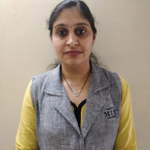
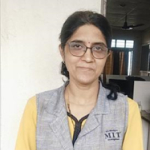

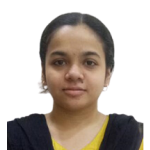
Lab Details
| Sr. No. | Name of the Laboratory | Area (in SqM) |
|---|---|---|
| 01 | Machine Learning Lab | 67 |
| 02 | Web Development Lab | 67 |
| 03 | Software Design Lab | 67 |
| 04 | Computer Programming Lab 1 | 67 |
| 05 | Computer Programming Lab 2 | 67 |
| 06 | Computer Programming Lab 3 | 67 |
| 07 | Computer Programming Lab 4 | 67 |
| 08 | Data Science Lab | 67 |
| 09 | Computer Application Lab 1 | 67 |
| 10 | Computer Application Lab 2 | 67 |
| 11 | Project Lab 1 | 67 |
| 12 | Project Lab 2 | 67 |
